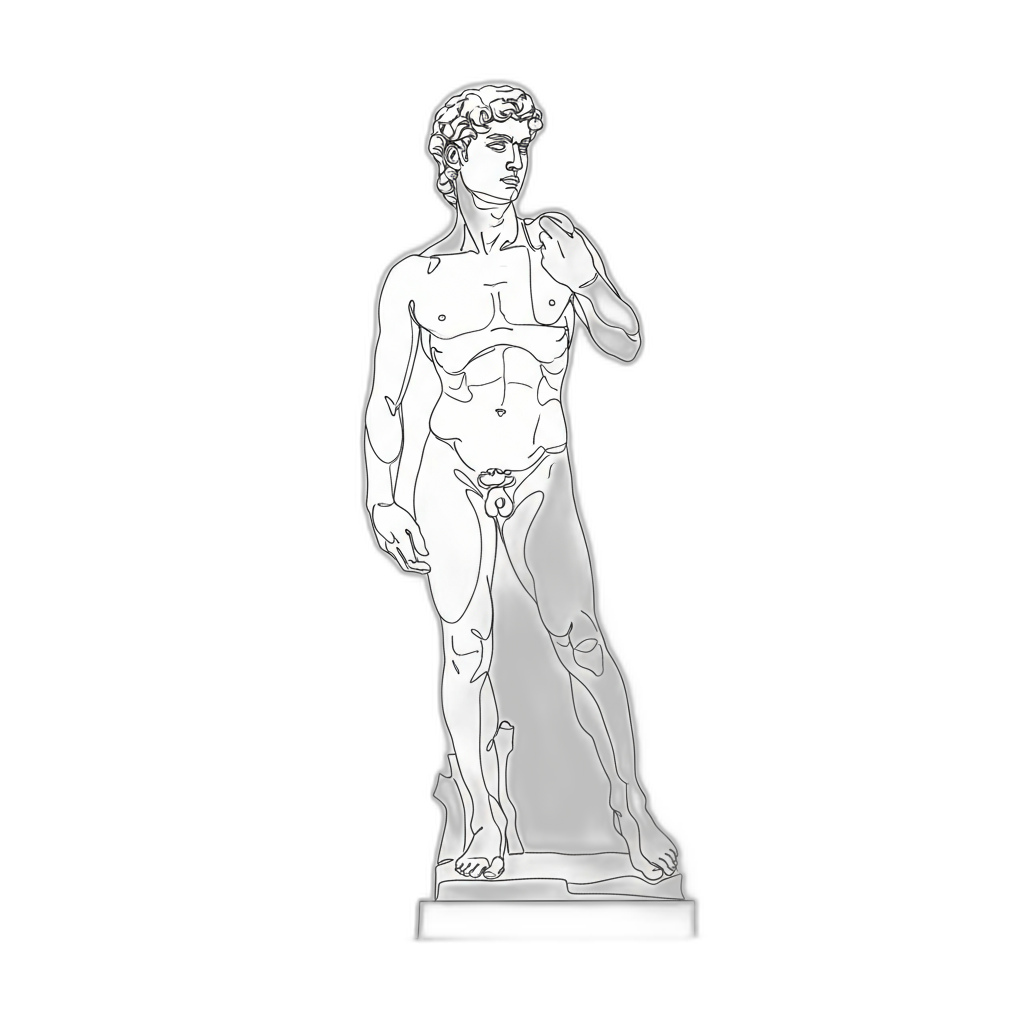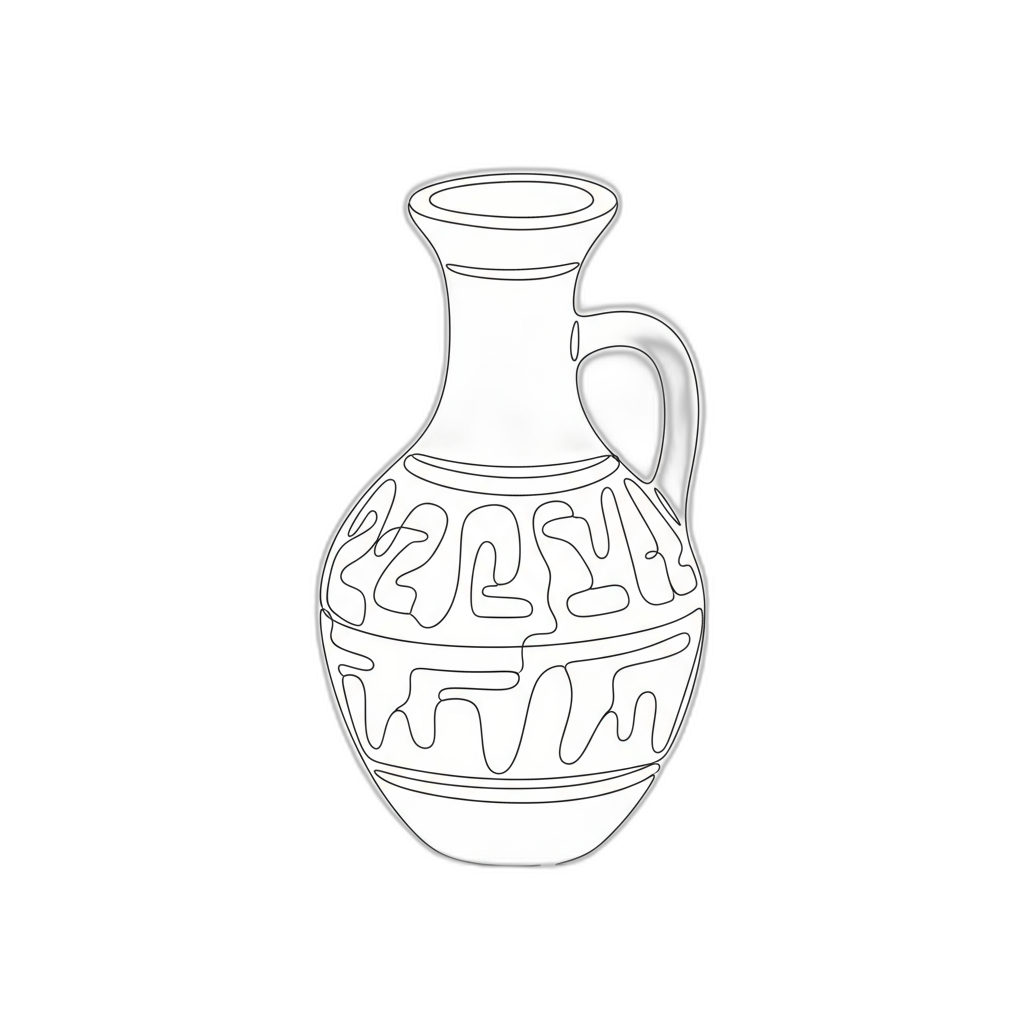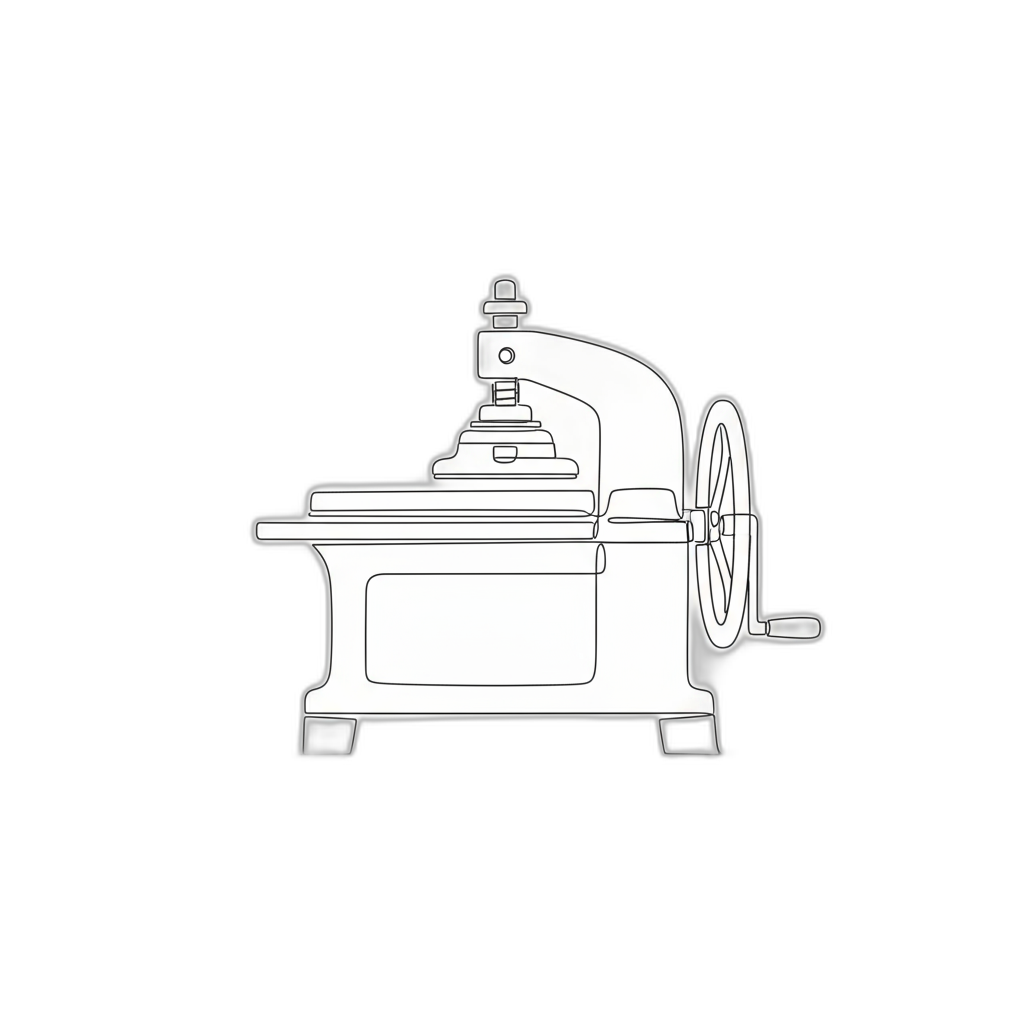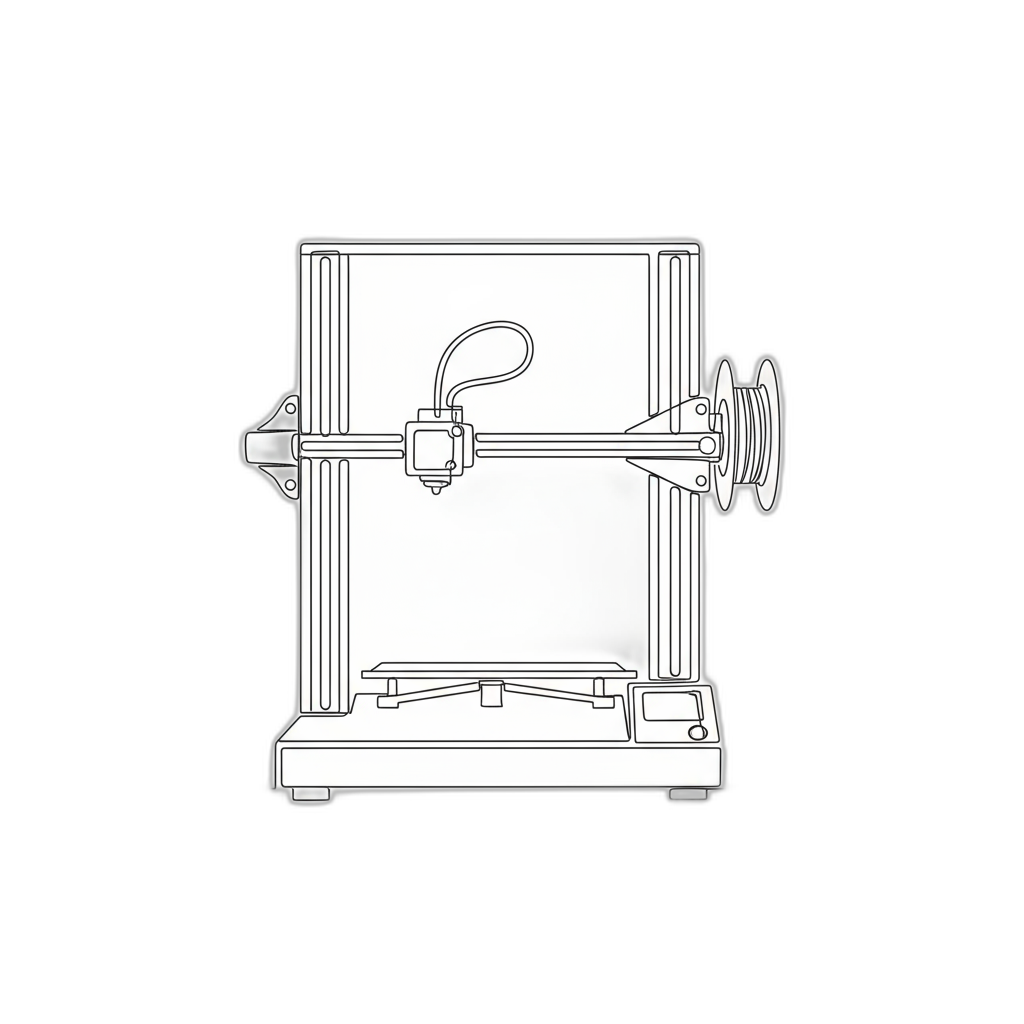






5-Star Service, Trusted & Loved by Hundreds
{{sectionName}}

{{sectionName}}

{{sectionName}}

{{sectionName}}

How the Process Works
Your Appraiser Search Ends Here
Your Appraiser Search Ends Here
.avif)

Nationwide Coverage – Appraisals Anywhere in the US

Get it done Onsite or Online

Any Asset, Covered

Defensible for Any Purpose
View all Locations
An artwork appraisal represents a comprehensive professional evaluation that precisely determines the monetary and historical value of an art piece. This meticulous process involves expert assessment of multiple intricate factors that collectively influence an artwork's market worth and significance.
Professional art appraisers employ a sophisticated methodology that examines critical elements such as the artwork's provenance, authenticity, physical condition, current market dynamics, and the artist's reputation. Each of these components plays a crucial role in establishing an accurate and defensible valuation.
The evaluation goes far beyond a simple price assessment. Appraisers conduct detailed investigations that may include forensic analysis of materials, historical research into the artwork's origins, and careful examination of minute details that can substantiate or challenge the piece's perceived value. They leverage extensive knowledge of artistic styles, market trends, and collector interests to provide a nuanced understanding of an artwork's worth.
Different stakeholders rely on artwork appraisals for diverse purposes, including insurance documentation, estate planning, potential sale transactions, and tax compliance. The appraisal serves as an authoritative document that provides clarity and confidence for collectors, institutions, and potential buyers.
The complexity of art valuation requires a sophisticated approach that balances objective analysis with deep understanding of artistic and market contexts. A comprehensive appraisal not only quantifies monetary value but also captures the intrinsic cultural and historical significance of the artwork.
Artwork appraisers are specialized professionals who meticulously assess the value of diverse art forms. Their expertise spans multiple domains, each requiring unique skills and deep knowledge of artistic markets, historical context, and aesthetic evaluation.
Fine art appraisers concentrate on traditional art mediums like paintings, sculptures, and drawings. These experts possess comprehensive understanding of art movements and market dynamics, often developing profound specialization in specific periods such as Impressionism or Contemporary art.
Decorative art appraisers evaluate functional artistic items including furniture, ceramics, glassware, and textiles. Their assessments consider craftsmanship, material quality, historical significance, and provenance, making them invaluable to collectors and antique dealers seeking precise valuations.
Digital art appraisers represent an emerging professional category addressing the rapidly evolving technological art landscape. They specialize in evaluating digital creations, graphic designs, digital paintings, and emerging formats like NFTs, reflecting the dynamic nature of contemporary artistic expression.
Antique appraisers focus on artworks exceeding 100 years in age, conducting thorough examinations that extend beyond aesthetic value. They scrutinize historical importance, authenticity, and originality, distinguishing genuine historical pieces from reproductions and potential forgeries.
Specialty appraisers develop expertise in distinct artistic niches, concentrating on specific artists, regional styles, or unique media such as photography or limited edition prints. Their targeted knowledge enables nuanced, precise valuations within specialized artistic domains.
Institutional appraisers employed by museums, galleries, and cultural organizations perform critical valuation services for collections, exhibitions, and acquisitions. Operating under rigorous ethical standards, they provide essential assessments for insurance, donation, estate planning, and cultural preservation purposes.
Artworks transcend mere visual appeal, representing significant financial and emotional investments. Professional appraisals provide critical insights that extend far beyond simple price determination, serving multiple strategic purposes for art owners.
Insurance protection stands as a primary motivation for artwork appraisals. Without accurate documentation, collectors risk inadequate compensation during loss, theft, or damage scenarios. Precise valuations enable insurance companies to establish appropriate coverage, ensuring financial security for valuable pieces.
Estate planning represents another crucial context for art appraisals. When transferring assets between generations, comprehensive valuations help establish fair market values, potentially mitigating potential tax complications and familial disputes. Executors and heirs gain clarity about the financial landscape of inherited artwork collections.
Charitable donations also benefit from professional appraisals. For artwork valued over specific thresholds, formal assessments become essential for claiming tax deductions. These documentations provide nonprofits with transparent understanding of donated asset values while offering potential tax advantages to donors.
Preparing for potential sales requires nuanced market understanding. Appraisals illuminate current market trends, helping owners set competitive pricing strategies. Whether considering auction placement or private sale, comprehensive evaluations empower informed decision-making.
Investment portfolios increasingly recognize art as a valuable asset class. Professional appraisals help collectors assess artwork's financial potential, tracking appreciation and understanding long-term value trajectories. These insights support sophisticated wealth management approaches.
Authenticity verification represents an often-overlooked yet critical appraisal benefit. Reputable assessments not only determine monetary value but also confirm artwork provenance, protecting collectors from potential fraud and enhancing piece legitimacy.
Ultimately, artwork appraisals represent more than financial transactions—they are comprehensive explorations of cultural, historical, and monetary significance. By bridging emotional attachment and strategic financial planning, professional evaluations offer collectors comprehensive perspectives on their artistic investments.
Online artwork appraisals have become increasingly sophisticated, offering art owners a convenient and comprehensive method to determine the value of their pieces. The process typically begins with submitting high-resolution photographs that capture essential details of the artwork. Professional appraisers carefully analyze these images, examining critical aspects such as condition, artistic technique, and distinctive characteristics.
Beyond visual documentation, appraisers collect contextual information through digital communication channels. Owners provide supplemental details about the artwork's provenance, artist background, and historical significance, which help create a more nuanced valuation. This collaborative approach allows for a thorough assessment without the constraints of physical proximity.
Live video consultations have emerged as an innovative component of online art appraisals. Using platforms like Zoom or Google Meet, appraisers can engage directly with clients, rotating artwork, examining specific details, and conducting real-time discussions. This interactive method bridges the gap between digital and in-person assessment, enabling a more dynamic and comprehensive evaluation.
The digital appraisal process offers substantial benefits, including accessibility for individuals in remote locations, flexibility for busy clients, and reduced logistical complexities. Professional appraisers maintain rigorous standards, ensuring that online evaluations are as meticulous and credible as traditional in-person assessments.
Modern technology has transformed artwork appraisals, creating a streamlined, efficient approach that meets the evolving needs of art collectors and owners. By leveraging digital tools and professional expertise, online appraisals provide accurate, comprehensive valuations with unprecedented convenience.
What Makes Artwork Appraisal Essential?
Artwork appraisal is a sophisticated process that serves multiple critical purposes for art collectors, investors, and enthusiasts. By providing comprehensive insights into an artwork's value and significance, appraisals go far beyond simple monetary assessment.
Key Reasons for Professional Art Appraisal
- Insurance Protection
- Professional appraisals ensure accurate insurance coverage, protecting collectors from potential financial losses in cases of theft, damage, or destruction. Most insurance providers require a current, professional valuation to process claims effectively.
- Sales and Market Transactions
- Accurate appraisals help artists, collectors, and galleries establish fair market prices by considering current art market trends, historical significance, and the piece's unique characteristics.
- Estate Planning and Asset Management
- Comprehensive art appraisals provide crucial documentation for equitable asset distribution, helping families navigate inheritance challenges and prevent potential legal disputes.
Additional Appraisal Benefits
- Authenticity Verification
- Professional appraisals help confirm an artwork's origin, provenance, and legitimacy, offering buyers and collectors critical assurance about their investments.
- Cultural and Historical Understanding
- Beyond financial assessment, appraisals provide deeper insights into an artwork's cultural context, artistic significance, and historical importance.
Essential Considerations in Art Appraisal
- Engage certified and experienced art appraisers
- Obtain regular valuation updates
- Maintain comprehensive documentation
- Consider multiple valuation perspectives
Understanding the multifaceted nature of artwork appraisal empowers collectors to make informed decisions, protect their investments, and appreciate the deeper value of their art assets.
Navigating the Art Market: Understanding Value Dynamics
The art market is a complex and dynamic ecosystem where artwork values fluctuate based on multifaceted and interconnected factors. Understanding these intricate value dynamics is essential for collectors, investors, and art enthusiasts.
Key Determinants of Artwork Value
Provenance: The Power of Historical Context
Provenance represents a critical factor in artwork valuation, encompassing the comprehensive history of ownership and artistic documentation. Key aspects include:
- Documented ownership history
- Previous exhibition in prestigious galleries
- Ownership by renowned collectors
- Verifiable authenticity records
Artist Reputation and Market Recognition
An artist's professional standing significantly influences artwork value through:
- Critical acclaim and professional recognition
- Auction performance and historical sales
- Market demand and collector interest
- Career trajectory and artistic innovation
Economic and Cultural Influences
Market valuation is dynamically shaped by broader economic and cultural contexts:
- Economic Conditions
- Luxury spending patterns
- Investment sentiment
- Collector purchasing power
- Cultural Trends
- Contemporary social movements
- Emerging artistic genres
- Global artistic perspectives
Rarity and Uniqueness
Distinctive characteristics that enhance artwork value include:
- Limited edition pieces
- Unique artistic perspectives
- Works addressing contemporary issues
- Innovative artistic techniques
Successfully navigating the art market requires a nuanced understanding of these interconnected value dynamics. By comprehensively analyzing provenance, artist reputation, market trends, and artistic uniqueness, collectors and investors can make more informed and strategic art acquisition decisions.
Types of Professional Art Evaluations
Professional art evaluations are essential tools that help collectors, artists, and institutions understand the true value and significance of artwork. These specialized assessments serve diverse purposes, each tailored to specific contexts and objectives.
Key Types of Professional Art Evaluations
1. Insurance Appraisals
Insurance appraisals protect valuable artwork by establishing its current market value. These critical evaluations ensure collectors can secure appropriate financial coverage in scenarios involving:
- Potential loss
- Theft
- Accidental damage
2. Fair Market Value Appraisals
Designed for sales, purchases, and donations, fair market value appraisals determine the likely selling price of artwork in an open market. Key applications include:
- Art sales negotiations
- Purchase verification
- Charitable donation documentation
3. Estate Appraisals
When artwork is part of a deceased individual's estate, these appraisals become crucial for:
- Accurate tax reporting
- Equitable asset distribution among heirs
- Potential charitable donations
- Ensuring legal compliance with the deceased's wishes
4. Damage and Restoration Appraisals
These specialized evaluations help determine an artwork's value before damage and assess restoration requirements, providing critical information for:
- Insurance claim processing
- Restoration cost estimation
- Preservation planning
5. Authentication and Provenance Studies
Authentication and provenance studies verify an artwork's legitimacy and document its historical ownership, which can significantly impact its market value. These evaluations involve:
- Origin verification
- Ownership history tracking
- Legitimacy confirmation
- Potential value enhancement
While each art evaluation type addresses unique needs, they collectively provide comprehensive insights into an artwork's intrinsic and market value across various professional and personal contexts.
Key Determinants of Artistic Worth
When assessing the value of artwork, several critical factors come into play. Understanding these key determinants can help collectors, investors, and art enthusiasts accurately gauge the true worth of a piece and make informed decisions in the art market.
Key Factors Influencing Artwork Value
1. Artist Reputation
An artist's standing in the art world is arguably the most significant value determinant. Elements that impact reputation include:
- Recognition by prestigious art institutions
- History of successful exhibitions
- Critical acclaim and professional awards
- Historical significance within artistic movements
2. Provenance
The documented history of ownership can dramatically enhance an artwork's value. A robust provenance provides:
- Verification of authenticity
- Increased buyer confidence
- Documented collection and exhibition history
- Traceable ownership lineage
3. Medium and Artistic Technique
The materials and creation methods significantly influence an artwork's worth. Considerations include:
- Durability of materials
- Historical significance of specific mediums
- Complexity of artistic techniques
- Rarity of specific artistic approaches
4. Physical Condition
The artwork's physical state is crucial in determining its value. Key condition factors include:
- Preservation quality
- Absence of damage
- Integrity of original materials
- Professional restoration history
5. Contemporary Market Dynamics
Current market trends play a pivotal role in artwork valuation. Important market considerations include:
- Collector interest shifts
- Economic climate influences
- Emerging artistic trends
- Demand for specific artists or styles
By comprehensively understanding these determinants, art enthusiasts can develop a nuanced approach to artwork valuation and make more strategic collecting decisions.
How Does a Professional Art Appraisal Work?
Understanding the Professional Art Appraisal Process
A professional art appraisal is a meticulous and comprehensive evaluation that determines the true value of artwork through a systematic approach. This process involves multiple critical stages designed to provide an accurate and credible assessment.
Initial Consultation: Setting the Foundation
- Meet with a professional art appraiser to discuss the specific artwork
- Provide comprehensive background information including:
- Artwork's provenance
- Previous ownership history
- Existing documentation
- Purpose of the appraisal
Comprehensive Research Stage
Appraisers conduct in-depth research by examining:
- Artist's professional background and reputation
- Artwork's specific characteristics:
- Medium
- Dimensions
- Creation period
- Comparative market analysis
- Recent auction results
- Current market trends
- Similar artwork valuations
Detailed Physical Examination
A thorough physical inspection involves:
- Careful assessment of artwork condition
- Identifying potential:
- Damage
- Restoration work
- Significant alterations
- Professional documentation through high-resolution photography
Comprehensive Appraisal Reporting
The final report typically includes:
- Detailed valuation analysis
- Comprehensive photographic documentation
- Market context and comparative insights
- Potential uses for the appraisal:
- Insurance documentation
- Estate planning
- Potential sales strategy
Professional Standards and Credibility
A professional art appraisal adheres to strict industry standards, ensuring an objective, reliable, and defensible valuation. This approach empowers art owners with critical insights for informed decision-making regarding their artistic investments.
Finding the Right Art Valuation Expert
When it comes to valuing artwork, enlisting the help of an expert is essential for ensuring accuracy and credibility. Art valuation is a sophisticated process that goes beyond simply assessing monetary worth—it involves understanding the nuanced layers of an artwork's historical significance, provenance, and current condition.
Key Considerations for Selecting an Art Valuation Expert
1. Specialized Art Expertise
- Seek an appraiser with specialized knowledge in your specific art category
- Look for experts who understand diverse art styles and mediums
- Specialists can identify subtle value indicators based on current market trends
- Consider experts with deep knowledge in contemporary, classical, or niche art domains
2. Professional Credentials and Experience
- Prioritize appraisers accredited by recognized professional organizations
- Validate credentials from associations like:
- Appraisers Association of America
- American Society of Appraisers
- Assess years of professional experience in the art market
- Evaluate familiarity with auction houses and gallery ecosystems
3. Comprehensive Appraisal Methodology
- Understand the appraiser's evaluation techniques
- Verify use of recognized valuation approaches such as:
- Comparative sales analysis
- Income approach
- Cost approach
- Request sample appraisal reports to assess thoroughness
- Confirm alignment with industry standard assessment practices
4. Clear Communication Skills
- Select an expert who can translate complex valuation concepts
- Ensure they provide transparent, comprehensible insights
- Ability to explain technical details in accessible language
- Willingness to answer follow-up questions thoroughly
5. Reputation and Client Feedback
- Research client testimonials and professional reviews
- Look for consistent positive feedback
- Verify professional reputation through multiple sources
- Consider recommendations from art professionals or collectors
By carefully evaluating these critical factors, you can confidently select an art valuation expert who will provide a comprehensive, accurate assessment of your artwork's true value and significance.
Debunking Artwork Appraisal Misconceptions
When it comes to artwork appraisal, several misconceptions can cloud the understanding of this essential process. By debunking these myths, both collectors and artists can navigate the art market more effectively and make informed decisions regarding value and investment.
Common Artwork Appraisal Myths Explained
Myth 1: All Appraisals Are the Same
In reality, the type of appraisal required can vary significantly depending on the purpose:
- Insurance appraisals focus on replacement value
- Sales appraisals prioritize fair market value
- Estate appraisals consider specific legal and tax implications
Myth 2: Only High-Profile Pieces Require Appraisal
Contrary to popular belief, any artwork can benefit from a professional appraisal. Even lesser-known works may hold unexpected value due to:
- Historical significance
- Unique provenance
- Potential collector interest
Myth 3: Gallery Appraisals Are Always Objective
While galleries and auction houses provide valuations, independent certified professionals offer more objective assessments by:
- Maintaining strict professional standards
- Providing unbiased market analysis
- Focusing on verifiable market conditions
Myth 4: Appraisals Are Only Necessary During Sales
Regular appraisals are crucial for:
- Effective record-keeping
- Insurance documentation
- Estate planning
- Understanding market value changes
Myth 5: Emotional Attachment Influences Valuation
Qualified appraisers focus on objective factors such as:
- Artwork condition
- Provenance documentation
- Current market trends
- Artist reputation
By recognizing these distinctions, art enthusiasts can better appreciate the true value of their collections and engage confidently in the art market.
Strategies for Maximizing Your Art Collection's Potential
Strategic Approaches to Art Collection Management
Maximizing the potential of an art collection requires a comprehensive and strategic approach. Whether you're a seasoned collector or a passionate newcomer, understanding key management strategies can significantly impact your collection's value and significance.
1. Comprehensive Appraisal Practices
- Conduct regular professional appraisals to track market value
- Obtain detailed assessments that provide insights into current market trends
- Use appraisal documentation for insurance and potential sale purposes
2. Detailed Documentation and Provenance
- Maintain meticulous records for each artwork in your collection
- Collect and preserve:
- Original purchase receipts
- High-quality photographs
- Comprehensive artist background information
- Establish clear provenance to authenticate and validate artwork value
3. Professional Conservation and Care
- Invest in professional conservation services
- Prioritize preservation techniques for:
- Older artworks
- Delicate or fragile pieces
- Works with unique materials
- Protect long-term aesthetic and financial value through expert maintenance
4. Active Art Community Engagement
- Attend key art world events:
- Gallery openings
- Art exhibitions
- International art fairs
- Network with:
- Artists
- Curators
- Fellow collectors
- Stay informed about emerging trends and market dynamics
5. Strategic Sales and Market Positioning
- Carefully time artwork sales to maximize potential returns
- Explore multiple sales platforms:
- Auction houses
- Specialized galleries
- Online art marketplaces
- Understand market demand and collector interests
By implementing these strategic approaches, art collectors can transform their collections from mere acquisitions to sophisticated, value-driven investments. The key lies in proactive management, continuous learning, and a nuanced understanding of the art market's intricate landscape.
Legal and Financial Considerations in Art Valuation
Understanding the Critical Legal and Financial Aspects of Art Valuation
Art valuation extends far beyond aesthetic appreciation—it's a complex process involving strategic financial and legal considerations that can significantly impact an artwork's overall value and potential.
Key Legal Considerations in Art Appraisal
- Provenance Verification: A comprehensive ownership history that authenticates an artwork's legitimacy and origin
- Legal Documentation: Ensuring all ownership transfers and authenticity certificates are properly recorded
- Potential Ownership Disputes: Mitigating risks associated with unclear ownership lineage
Financial Implications of Art Valuation
- Insurance Protection
- Obtaining accurate, current market value assessments
- Regular reassessments to reflect market fluctuations
- Comprehensive coverage against potential loss or damage
- Tax Considerations
- Potential tax deductions for art donations
- Compliance with regulatory valuation standards
- Strategic financial planning through precise appraisals
Market Dynamics and Value Influences
Art valuation is inherently dynamic, influenced by multiple interconnected factors:
- Artist reputation and historical significance
- Current market trends
- Economic conditions
- Artwork condition and provenance
Strategic Approach to Art Valuation
Successfully navigating art valuation requires a comprehensive strategy that balances legal precision, financial insight, and market understanding. Engaging qualified professionals who possess deep expertise in art markets can provide invaluable guidance throughout the valuation process.
By maintaining meticulous documentation, understanding market nuances, and working with certified appraisers, collectors and investors can protect their assets and make informed decisions in the complex world of art valuation.
Preserving Art: Conservation and Care
Art conservation and care are critical processes for maintaining an artwork's aesthetic, historical, and cultural significance. Proper preservation techniques protect the artwork's intrinsic value and ensure its longevity for future generations.
Importance of Proper Handling
Artwork handling requires meticulous attention to detail:
- Always use clean, dry hands or conservation gloves
- Prevent direct contact with artwork surfaces
- Support framed pieces by holding the frame edges
- Minimize unnecessary touching
Environmental Conditions
Optimal storage environments are crucial for artwork preservation:
- Temperature range: 65-70°F (18-21°C)
- Humidity levels: 40-60%
- Minimize exposure to direct sunlight and UV rays
- Avoid areas with temperature and humidity fluctuations
Strategic Storage Solutions
Effective storage protects artwork from potential damage:
- Use archival-grade, acid-free and lignin-free materials
- Store flat paintings in padded, protective folders
- Ensure adequate spacing between stored pieces
- Use protective covers for three-dimensional artwork
Maintenance and Professional Conservation
Regular care and professional intervention are essential:
- Conduct periodic visual inspections
- Identify potential preservation issues early
- Consult professional conservators for specialized treatments
- Document artwork condition over time
Long-Term Preservation Strategy
Comprehensive art conservation involves:
- Understanding each artwork's unique preservation needs
- Implementing preventative conservation techniques
- Creating a controlled, stable environment
- Investing in professional expertise when necessary
By implementing rigorous conservation practices, art collectors and institutions can protect valuable cultural artifacts, preserving their beauty and historical significance for future generations.
Art Appraisal Insights: Your Questions Answered
Understanding Art Appraisal: A Comprehensive Guide
Art appraisal is a nuanced process that provides critical insights into the value and significance of artwork. Whether you're a collector, artist, or art enthusiast, understanding the fundamentals of art appraisal can help you make informed decisions about your collection.
What is Art Appraisal?
Art appraisal is a professional assessment that determines the monetary and historical value of an artwork through a comprehensive evaluation of multiple factors:
- Artist's reputation and historical significance
- Artwork's condition and preservation
- Provenance and ownership history
- Current market demand and trends
- Unique characteristics and authenticity
Key Reasons for Art Appraisal
- Insurance Protection
- Accurate appraisals ensure your artwork is comprehensively covered, protecting your investment against potential loss or damage.
- Strategic Sales Preparation
- Understanding the true market value helps you make informed decisions about selling, pricing, and negotiating artwork transactions.
- Estate and Financial Planning
- Professional appraisals provide essential documentation for tax purposes, inheritance planning, and equitable asset distribution.
The Appraisal Process
A professional art appraisal involves a meticulous examination that goes beyond surface-level assessment:
- Detailed visual inspection
- Authentication of artist signatures
- Material and technique analysis
- Comprehensive documentation review
- Comparative market research
Selecting a Qualified Appraiser
Choosing the right professional is crucial to obtaining an accurate and credible appraisal. Consider the following criteria:
- Professional certifications and memberships
- Specialized expertise in specific art genres
- Extensive experience in art valuation
- Reputation for objectivity and thoroughness
- Written, detailed appraisal reports
An expertly conducted art appraisal provides more than just a monetary figure—it offers a comprehensive understanding of an artwork's cultural, historical, and financial significance.
Empowering Your Art Investment Journey
Artwork appraisals are a crucial component of the art investment landscape, providing collectors, investors, and galleries with essential insights into the value and potential of art pieces. Understanding the nuanced process of art valuation helps individuals make strategic and informed decisions.
The Comprehensive Approach to Artwork Appraisal
A professional artwork appraisal encompasses a multi-faceted evaluation that considers several critical factors:
- Authentication: Verifying the artwork's origin, confirming the artist's identity, and establishing the piece's authenticity
- Provenance Examination: Tracing the artwork's historical ownership and documentation
- Market Context Analysis: Evaluating current market trends and comparable sales
- Condition Assessment: Thoroughly examining the physical state of the artwork
Key Elements of a Professional Art Appraisal
Authentication and Verification
Determining an artwork's authenticity is paramount. Certified appraisers meticulously investigate the piece's origin, examining artistic techniques, materials, and historical context to confirm its legitimacy and potential value.
Comprehensive Market Evaluation
Appraisers conduct extensive research into current market conditions, analyzing recent sales, auction results, and collector interests to provide a precise valuation that reflects the artwork's true market potential.
Detailed Condition Report
A comprehensive condition assessment identifies:
- Physical integrity of the artwork
- Potential restoration requirements
- Preservation challenges
- Factors that might impact future value
Strategic Benefits of Professional Appraisal
Professional artwork appraisals offer numerous advantages, including:
- Accurate valuation for insurance purposes
- Informed investment decision-making
- Clear understanding of artwork's market position
- Documentation for potential future transactions
Whether you are a seasoned collector or a new art enthusiast, a professional appraisal provides critical insights that transform art acquisition from an emotional purchase to a strategic investment. By understanding the nuanced factors that contribute to an artwork's value, you can navigate the art market with confidence and precision.
BEST-IN-CLASS APPRAISERS, CREDENTIALED BY:
























.svg)












